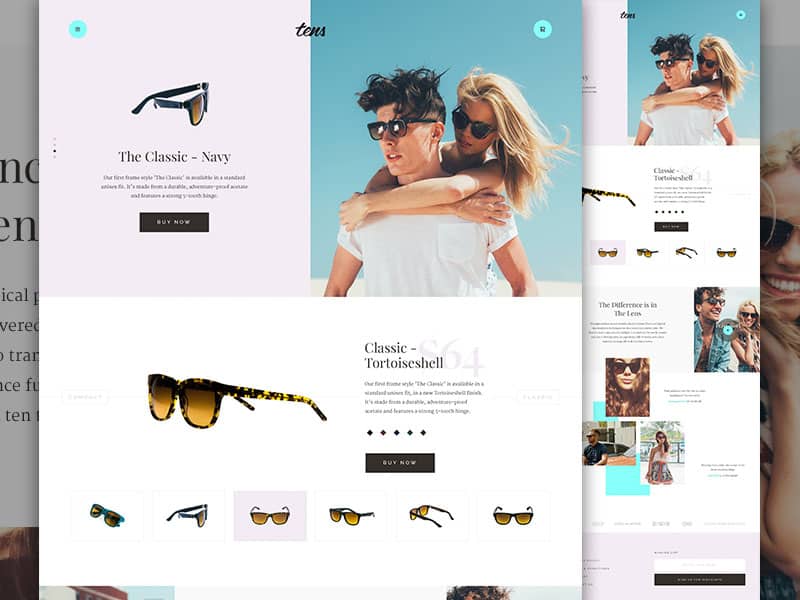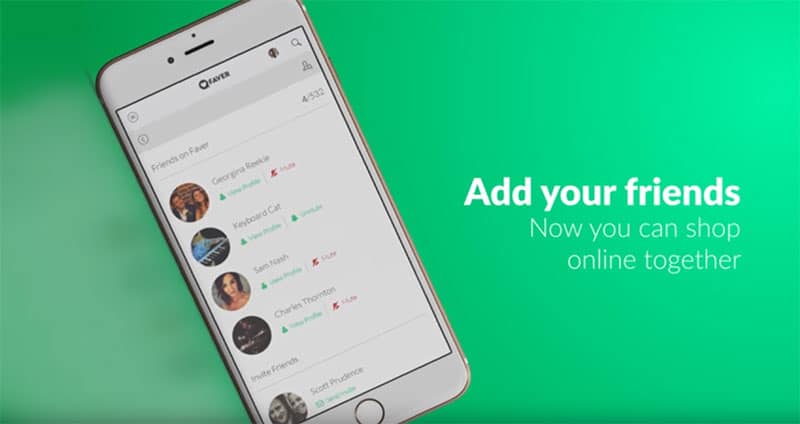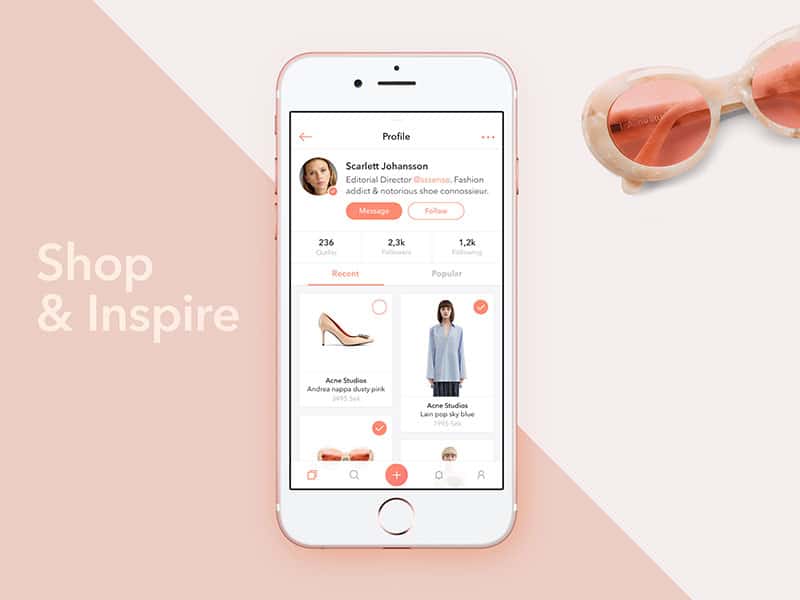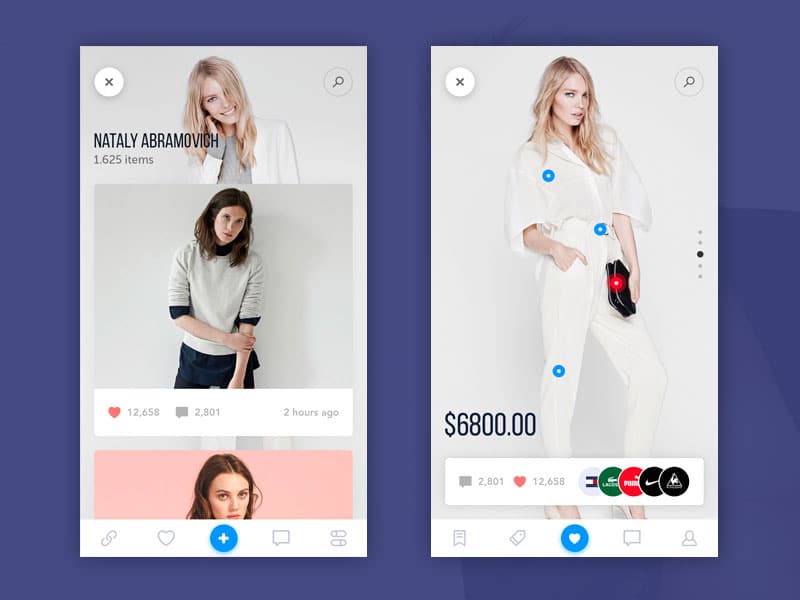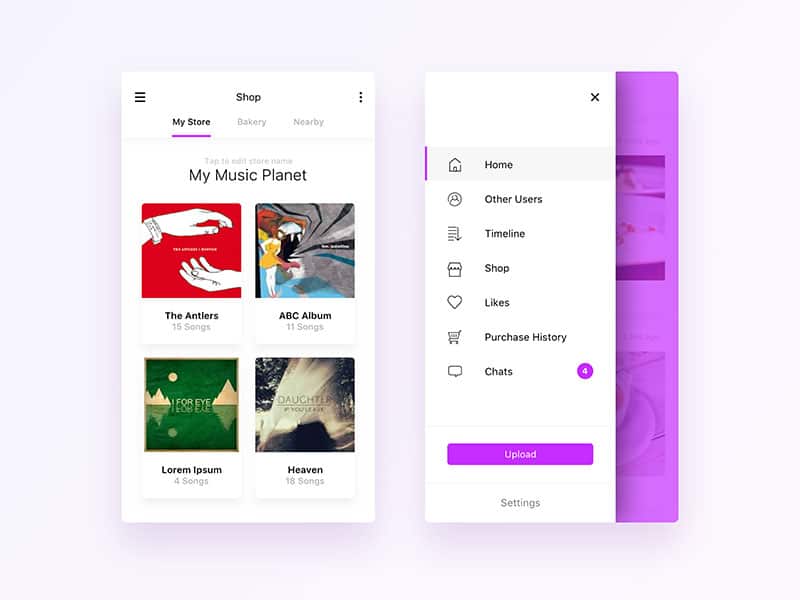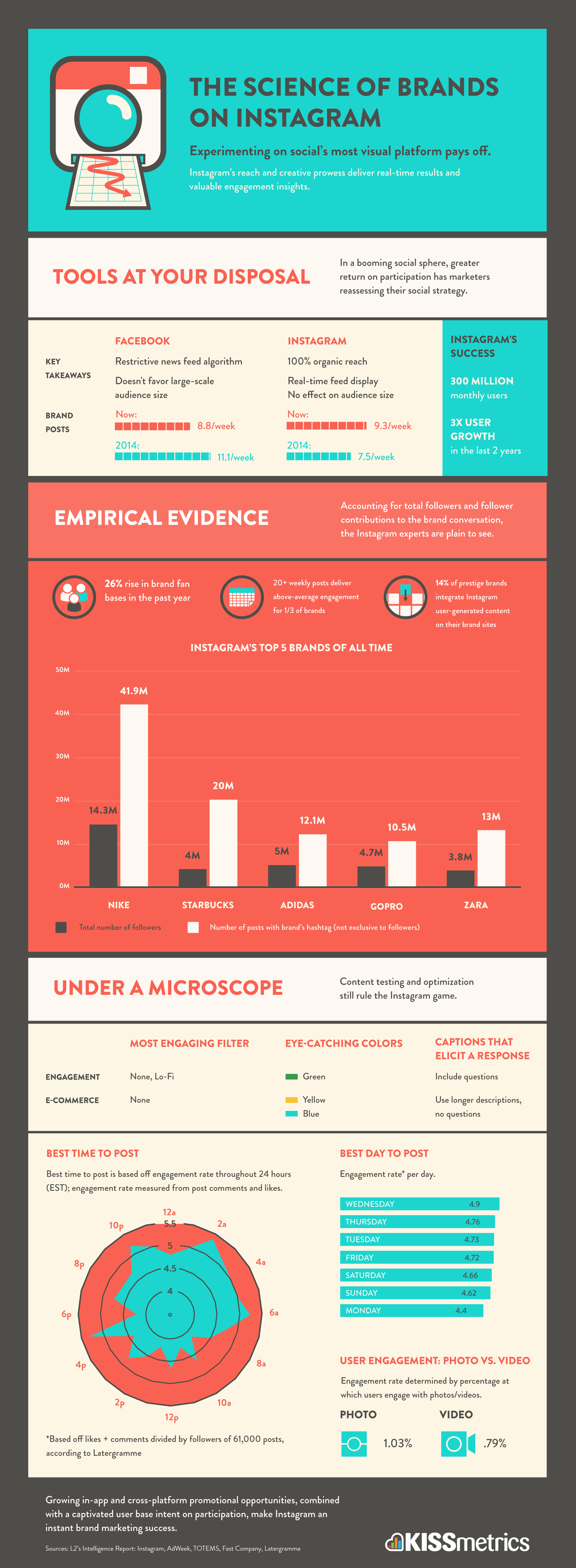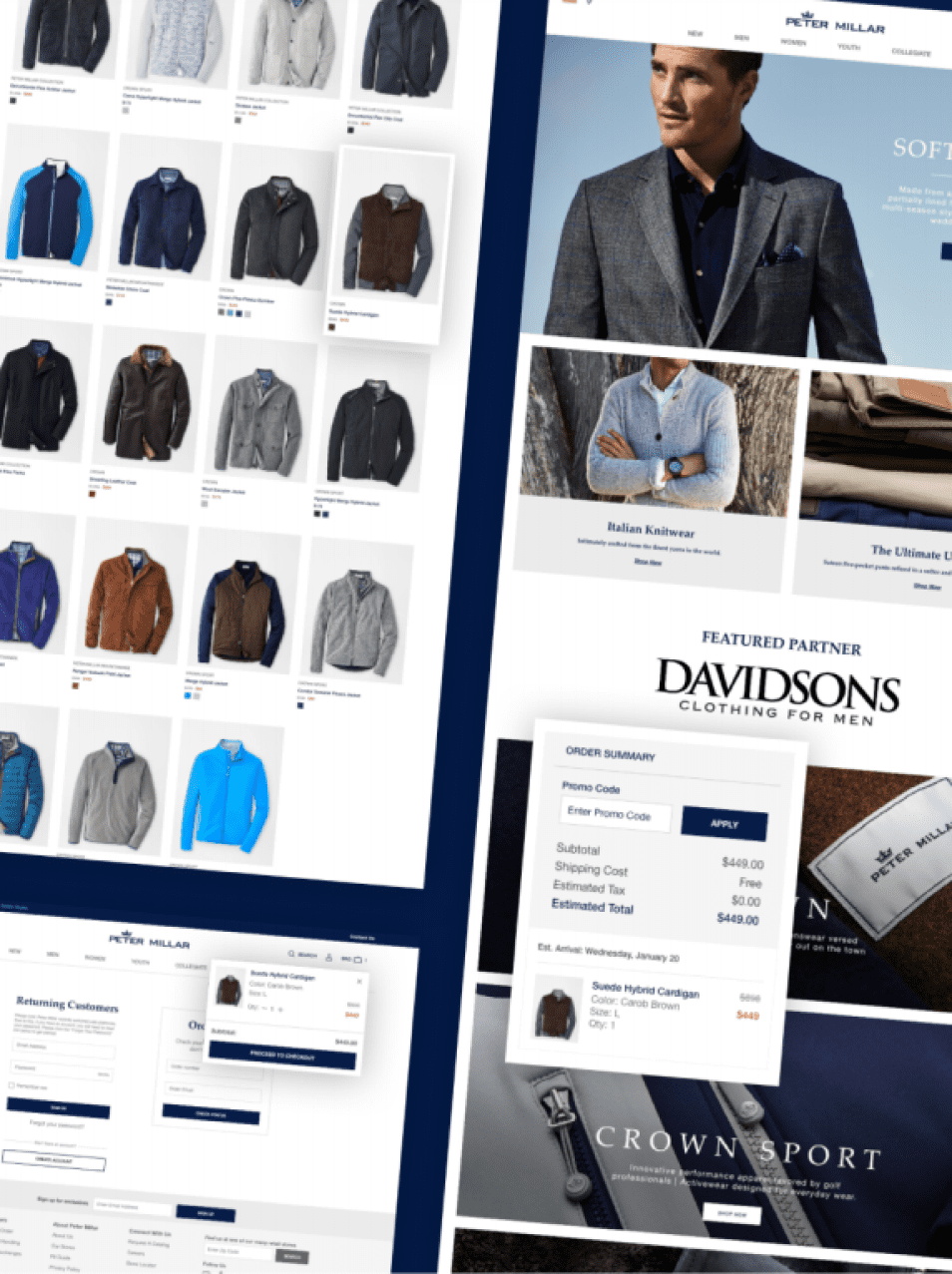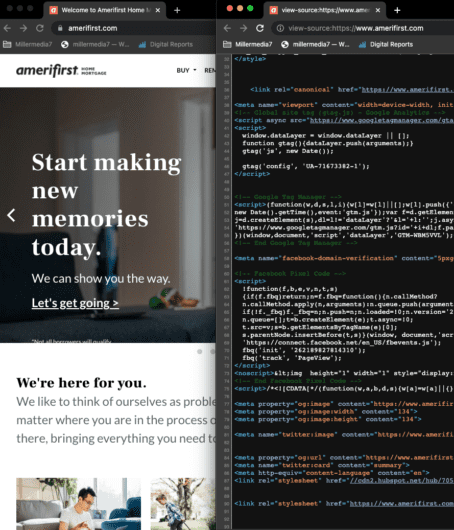
Having a professional business presence online isn’t optional anymore for most businesses, even if they rely heavily on referrals. A consistent, strong digital brand that clearly gets your purpose across while also presenting the business in the best way possible will help grow your sales and influence, no matter the industry.
Below are 10 areas to focus on to build up your digital branding landscape and make sure it’s useful and professional.
 Fix The Easy Stuff
Fix The Easy Stuff
If your brand already has a digital presence, it is easy to overlook what has already been done, thinking that it doesn’t need to monitored. However, changes over the years to logos, phone numbers, addresses, and even team members need to be updated online as soon as they happen. Your first priority should always be the goal of customers getting ahold of your company easily, so set reminders to check all profile information, contact forms, and lead generation sequences. Many times, updates in third-party tools (especially if they are using APIs) can lead to something breaking, and if those little things aren’t checked regularly, no one knows they happened.
Post Regularly
Even if your customers aren’t on social media in a business sense, they are likely using at least Facebook in a personal sense. According to Pew Research Center, 79 percent of all adults in the United States use Facebook. If you think your business won’t cater to social media, think of it as a yellow page listing that people may end up looking for online.
Post at least once a month (ideally, you’d want to post every day) so your last update isn’t something from years ago. For many users, even subconsciously, that is a sign that the business doesn’t care about their online presence. This could be a reflection of how they care about their customers.
In addition, there are targeted ad campaigns for Facebook, Twitter, and Linkedin that allow you to target audiences by age, interests, and location. Think past where your audience is at during business hours and look to where they may be spending their free time online.
Use Consistent Branding
Good branding is more important than ever for a digital presence, because that’s all your customers have to go by. A terrible, outdated logo could reflect negatively on a business, even if it’s not a true indication of quality. Look for graphic designers through networking groups or ask your colleagues or friends for referrals.
Many graphic designers charge $800-$3000 for a branding page with logo, color scheme, and a few other materials (like letterhead and business cards). This may be a significant investment for a business, but it is always well worth it when you find the right designer. Shop around until you find a designer that could work with you on updated branding that reflects your business well.
Go Beyond Blog Posts
Think regular blog posts are enough for your brand? For many industries, content marketing has gotten so competitive that regular 600-800 word blog posts just isn’t enough. Come up with a content strategy that offers a buzz piece, like a free ebook or online course, that you can build additional content around. Getting users to download your buzz piece can help you grow your email list, which in turn can produce more revenue. After all, according to eMarketer, email beats almost every other marketing tactic when it comes to return on investment (ROI).
Think of The Target Audience
Working inside a company may give you an unfair view into what you think customers actually want. Something that your team finds interesting may not be of interest at all to the actual target customer. Create personas that you can build content for, with their needs and interests in mind.
Link to Your Other Content
Many marketers are great about developing content, but when it comes to cross-promoting it with other things they have created, it falls flat. Make sure you are always linking to applicable related blog posts in content and always end your content with a call-to-action when it makes sense. After all, content should be created to turn traffic into revenue, and without enough knowledge or a push to engage, customers will simply leave a page without making any kind of purchase on your website.
Look to Where You Can Expand
Most brands feel safe using Facebook, Twitter, and even LinkedIn, but if you find yourself stagnating on these platforms, consider where you could expand. This could mean trying new features of the platforms you already have a good following on, such as Facebook live video or Twitter polls. Or, it could mean checking out new platforms to grow your online community. Many brands still haven’t used Reddit or Snapchat to do campaigns or engage with customers. If your target demographic uses these platforms, consider trying them as well.
Have a Unique Voice
Online users of all ages and demographics are online enough to know when a brand is trying too hard. It can come off as callous, disingenuous, or just out of touch. This can often backfire tremendously. The meme How do you do, fellow kids? is now used by users as a way to call out brands that are trying to seem cool but don’t really belong.
Before engaging with your online community, make sure you know each specific platform’s slang, features, and use and you respect users’ time. Logging on to Reddit and recommending your line of bras for every woman with a bra question isn’t going to win you any new customers. Demonstrate value in a unique voice that acknowledges you are a brand without trying too hard.
Use Media Purposely
Just like with blog posts mentioned above, it used to be enough to use basic stock photography for images in content and calling it good. While this is still better than content with no images, using bad stock photos that are cheesy or don’t make sense for the actual content (e.g. they are vague or misleading), can turn users off. Try to create custom graphics for content using tools like Pablo by Buffer, Canva, PicMonkey, or Piktochart. Even just adding your logo and content title to images goes a long way (and is better for social media).
Think Digital First
Whenever you are building a new campaign or introducing a new product or service, think of your digital strategy first, because it has the largest potential to spread. Deciding budget for paid campaigns, graphics for the promotion, and messaging can help ensure the new offering has a consistent message. This is important because online is likely where customers of most businesses are going to find out about it.
When it comes to a better digital branding landscape, make sure all your company’s presence online is consistent, engaging, informative, and easy-to-navigate. Focus on what you’re best at but try new things to be innovative in your industry, when it makes sense. Being proactive about a better online presence will lead to more engagement and traffic from your target audience.

